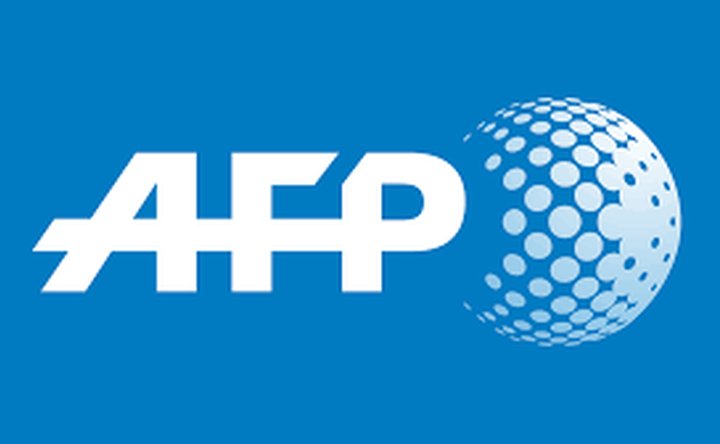North and South Korea remove landmines at border
The two Koreas on 1 October started to remove landmines along a section of their heavily fortified border as part of a summit deal to ease military tensions, Seoul said.
The agreement between the nations – which are technically still at war – was reached at a meeting in Pyongyang in September 2018 between South Korean President Moon Jae-in and his North Korean counterpart Kim Jong Un.
The summit was the third this year between the leaders, following a rapid thaw in relations.
Both sides undertook to carry out landmine removal work at the Joint Security Area (JSA) over a 20-day period, according to the South Korean defence ministry.
A spokesman said the operation had begun on both sides, though this was not confirmed by the North.
The JSA, also known as the truce village of Panmunjom, is the only spot along the tense, 250km frontier where troops from the two countries stand face to face.
It is often used as a venue for talks between the two Koreas.
More than 800,000 mines are believed to have been planted along the entire border during and after the 1950-53 war to defend against infiltration.
Moon has advocated dialogue with the isolated North to nudge it toward denuclearisation.
During his summit with Kim in September 2018, the two leaders also agreed to remove some guard posts at the border by the end of 2018 and halt military drills on the border from November.
More from Land Warfare
-
![CAVS rolls on as Denmark orders 129 vehicles]()
CAVS rolls on as Denmark orders 129 vehicles
Denmark signed the Technical Arrangement for the multinational Common Armoured Vehicle System (CAVS) in April this year. The order means the country will receive its first vehicle this year.
-
![MyDefence delivers counter-drone system to US Army ahead of livefire exercise]()
MyDefence delivers counter-drone system to US Army ahead of livefire exercise
The Soldier-Kit system consists of detector, jammer, tablet and wideband antenna and is being evaluated as part of Project Flytrap 3.0 counter uncrewed aerial system (CUAS) exercise.
-
![Arquus and Milrem push their UGVs fitted with long-range missiles]()
Arquus and Milrem push their UGVs fitted with long-range missiles
Arquus displayed the Drailer uncrewed ground vehicle (UGV) integrating the Akeron LP long-range missile at the Techterre technology demonstrator event ahead of trials in September.
-
![Czech CAESAR howitzer order at risk of cancellation]()
Czech CAESAR howitzer order at risk of cancellation
The Czech Republic ordered 52 CAmion Equipé d’un Système d’ARtillerie (CAESAR) self-propelled howitzers (SPHs) in 2021 and added another 10 a year later. A cancellation of the programme would impact both the army’s capabilities and local industry which is involved in the manufacture.
-
![Sweden turns to Nammo and Rheinmetall as world demand grows for 155mm shells]()
Sweden turns to Nammo and Rheinmetall as world demand grows for 155mm shells
Demand for ammunition continues to increase with manufacturing capability growing to match. Sweden have turned to the two supply lines of Rheinmetall and Nammo as part of a Nordic effort to meet demand. The Polish Government has also announced a US$700 million investment to boost manufacture of munitions.
-
![Contract moves new Abrams tank forward in the face of cuts]()
Contract moves new Abrams tank forward in the face of cuts
Several US Army vehicle programmes were axed by US Secretary of Defense Pete Hegseth’s plans to transform the US Army, as outlined in the Letter to the Force: Army Transformation Initiative document. However, the new generation Abrams M1E3 main battle tank (MBT) was singled out for survival. But what will it look like?
























